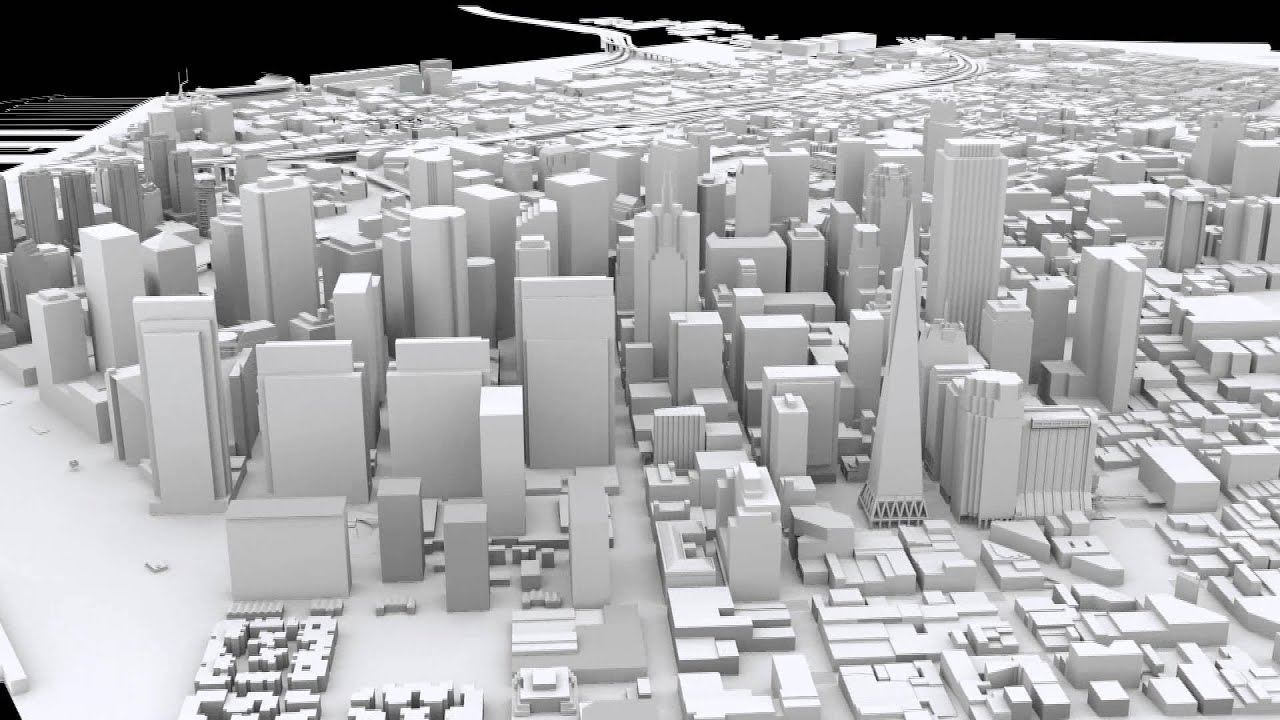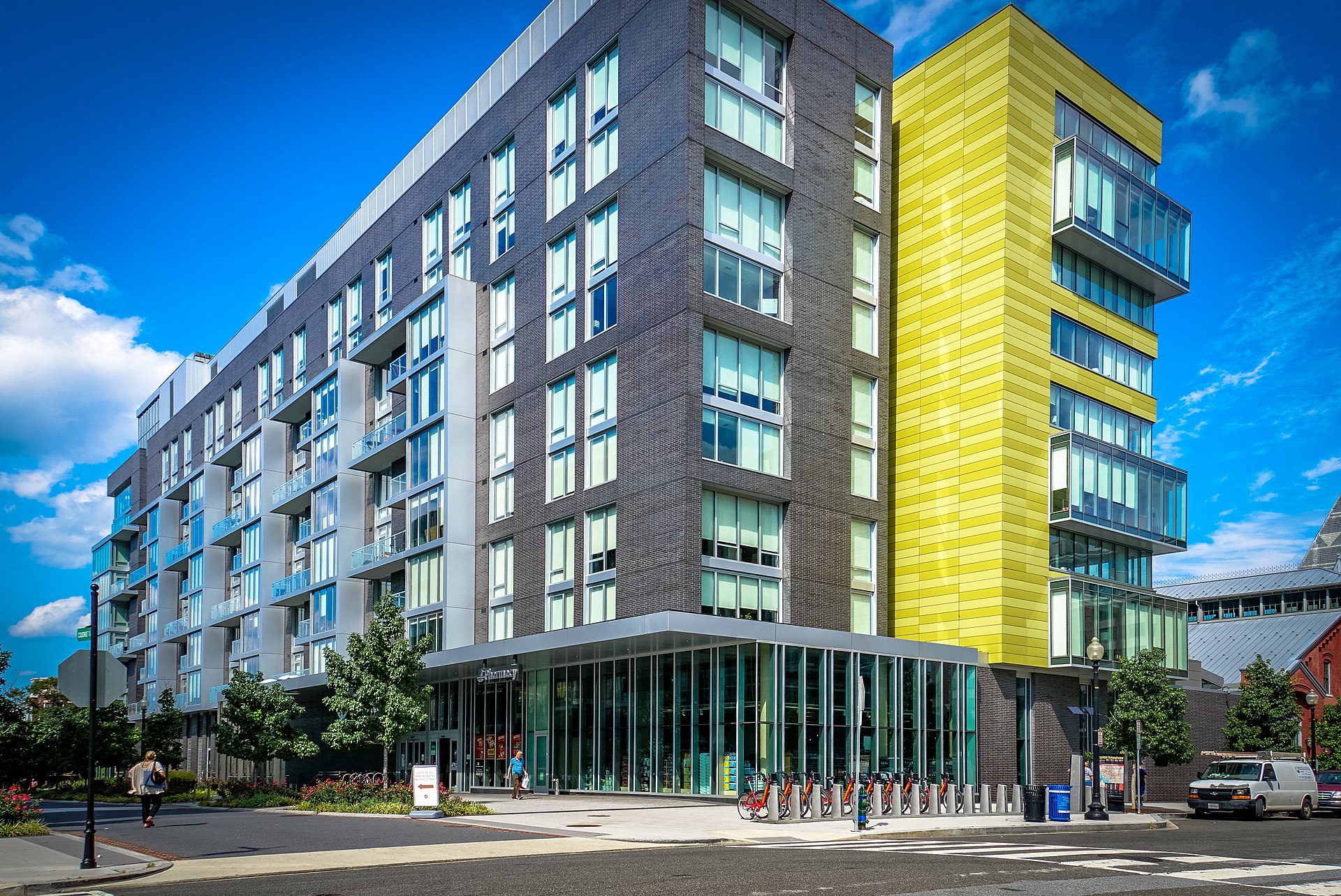
Gibsons “San Francisco’s Slow-Motion Suicide” is worth reading, his take is that San Francisco has become too successful… inevitable to decline into some expensive backwater due to “the rent is too damn high”.
He paints a compelling vision of the ills of appalling levels of income inequality, the monoculture of white-male-American tech-workers, and the metastasis of the city into the “hinterlands of Antioch and Vallejo”: the resulting 3 hour-long commutes: yet all these are (in his argument) the results of a conservative set of “not in my backyard” zoning laws that haven’t kept up with the living force of the city.
Gibsons most powerful argument was wonderful:
The legendary urbanist Jane Jacobs once remarked that new ideas come from old buildings, the types of places you can alter without permission because no one cares about them. This is one reason why so many garage startups and garage bands and artists spilling paint in discarded warehouse lofts have left their mark on the world. The true creative class can’t afford to rent expensive new studios.1
Michael Gibson
Gibson alludes to the conservative zoning laws and wealthy property owners exacerbating the plight of San Francisco and similar cities: Owners want property values to rise above all other concerns. The problem in San Francisco isn’t a lack of development, but the opposite: The lack of LIFE itself. San Francisco has privileged the physical static object of the real-estate-object over the use of space in time. The people owning property and businesses privilege the real estate value over use value, and the result is a static dead space where object-value dominates and eliminates the use of space for daily life.
Recently a friend of mine packed his motorcycle up with his distillation laboratory, plastic molding equipment, machine shop tools, his immense library, his formidable liquor collection, and moved down to Philadelphia, where he can have a far larger living space, workspaces are abundantly available, and where the barrier to start new businesses and develop existing vacant lots for new uses are minimal or non-existent.

The drive to urbanization is an imperative of capitalism, this drive results in
a freezing of life
—a static world devoid of spontaneity, the result of land
development and bureaucratic zoning laws optimized for rent seeking and
increased land valuations, devoid of nature and where its residents have no
ability to change their surroundings to suit daily life. All desire for change
is eliminated in order to serve the profit generating imperative of capital, all
autonomy of local residential use is therefore foreclosed, instead privileging
real estate development as the only legitimate use.
The result of this is a predominance of land organized around the valuable placement of real estate objects over the living use and alteration of land by the very people who live in these spaces, people who wish to change their surroundings over time as use-patterns and ways of living change with the seasons and with time. The philosopher Hegel explored this concept saying:
“Space is the connection of the quiescent asunderness and side-by-sideness of things [objects]; Time is the connection of their vanishing or alteration… In the spatial world the question is not succession but of coexistence… As a restless Becoming [Time] is not an element of the synthetic whole.”
G.W.F. Hegel2
This is to say: the privileging of objects in space fetishizes the object and therefore sacrifices changes in time. This creates an alienated and static space of purely fetishized structures, devoid of life.
This was an excerpt from “The Society of The Spectacle”3 a forthcoming translation of Guy Debord, translated by 0xADADA.